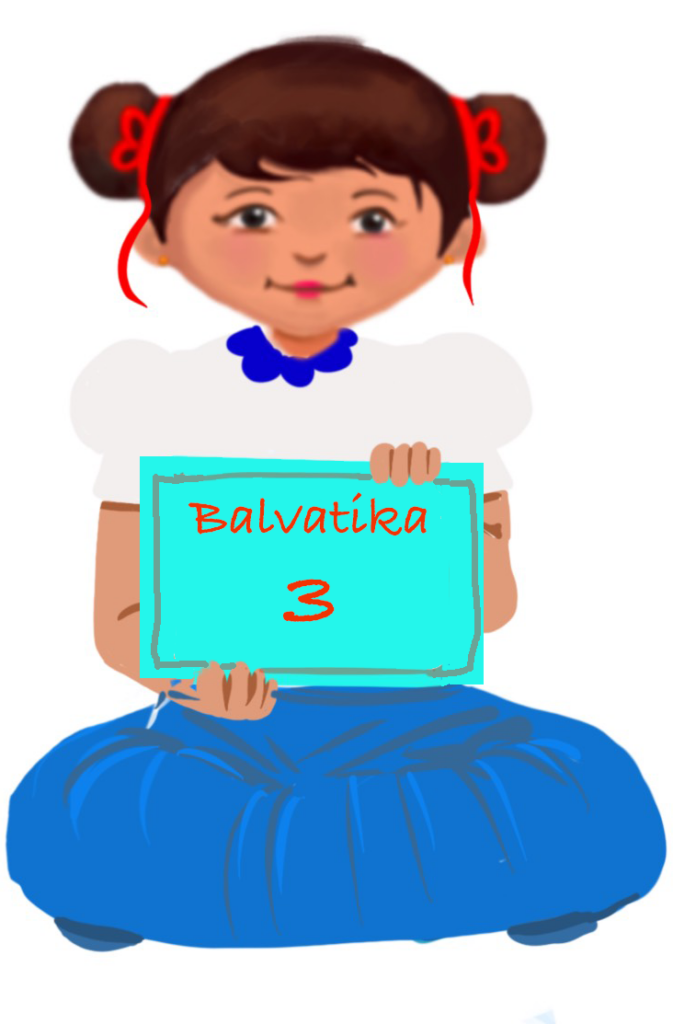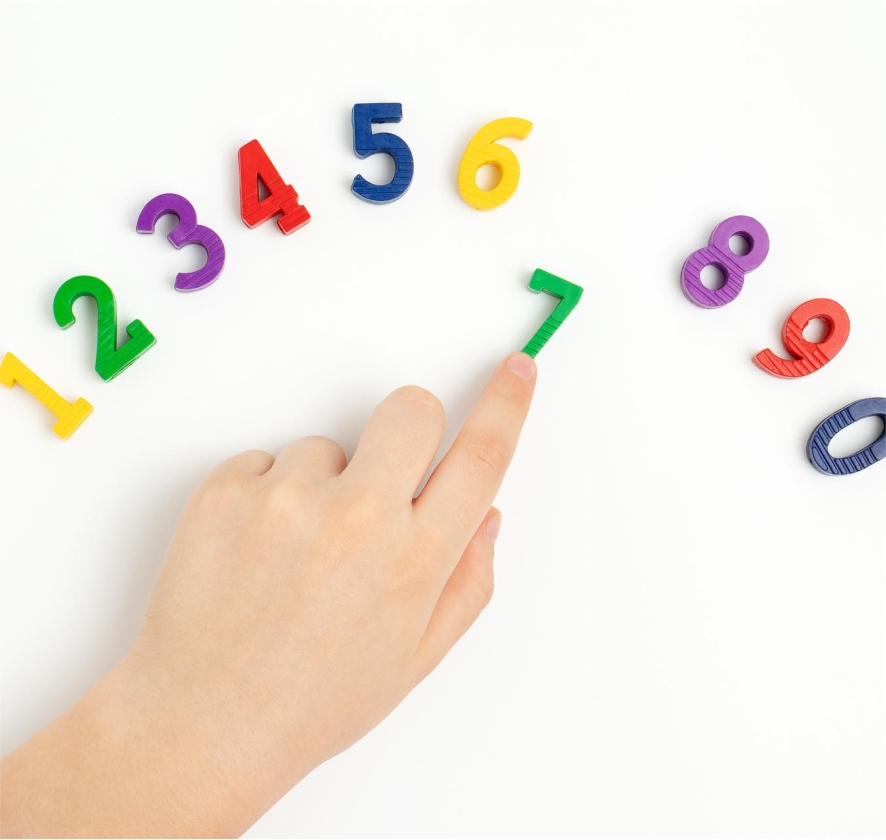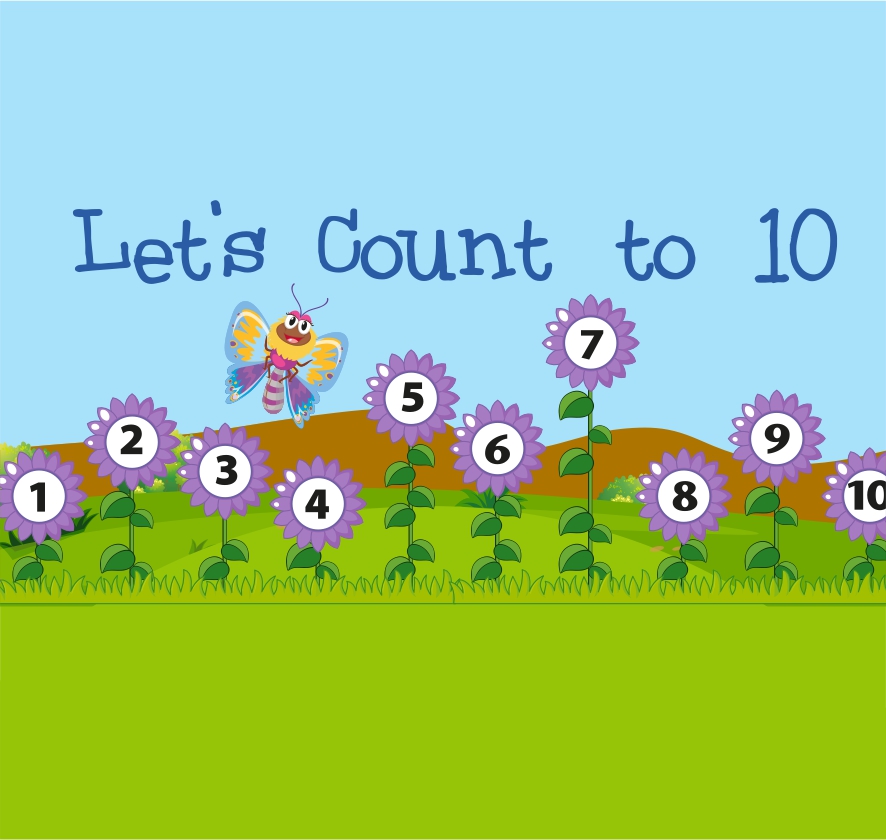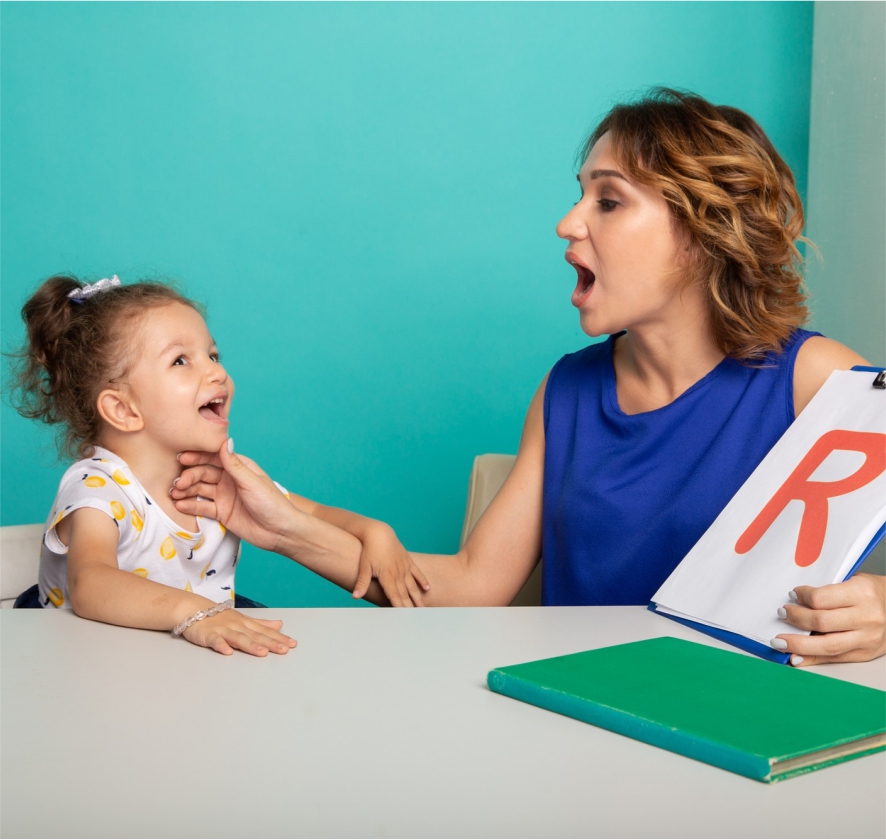
Calendar and Money
Main page
The topic Calendar and Currency’ has been divided into two modules. Each module will be taught in a week.
The modules are:
- Week 1 – Days and Months
- Week 2 – Indian Currency
The teachers are required to go through the document carefully before they start the class.
Developmental Goals as per NIPUN BHARAT
- Children Maintain Good Health and Well-being
- Children Become Effective Communicators
- Children Become Involved Learners and Connect with their Immediate Environment
Mapping Competencies under Developmental Goal 1
- Participate in role-play and mock store activities confidently, showing awareness of safe and fair practices while exchanging money.
- Develop fine motor and cognitive skills by sorting and handling coins and notes.
- Show awareness of daily routines and time-related activities (e.g., school days, rest days, special days).
- Demonstrate confidence and cooperation while engaging in group activities like story enactment or pretend play.
Mapping Competencies under Developmental Goal 2
- Identify and name the days of the week and months of the year in sequence.
- Use appropriate vocabulary related to time and money (e.g., day, week, month, rupee, coin, note).
- Engage in conversations and stories involving days, months, and money.
- Listen attentively and respond to story situations involving buying and selling.
- Express their understanding of daily or monthly events using time-related words.
Mapping Competencies under Developmental Goal 3
- Observe and connect the concept of days and months with real-life events (birthdays, festivals, school holidays).
- Identify and differentiate Indian coins and notes through hands-on exploration and role play.
- Participate in mock store activities to experience basic buying and selling.
- Apply their understanding of money and time in daily situations (e.g., paying for snacks, marking days on a calendar).
- Relate the value of money and time to real-world experiences through stories and play.
Preparation for the activities
Before the session:
- The teacher has to see the given LTM Videos and practice the correct procedure that has to be introduced.
- Teachers may download the LTM/ISL videos provided, to either teach or demonstrate them to the children while conducting the given activities.
- Teachers may ensure that all children can see the video when played and follow the activity as instructed.
- The teacher can use English and/or the native language while addressing the students.
- Students can be seated on their chairs/benches or on the floor. The teacher can stand in front of the class, near the blackboard or sit along with the children in a circle or facing them if they are sitting in a semicircle.
- Teachers go through the suggestions provided for variations and ensure necessary preparations are made accordingly.
- Teachers keep the required materials ready for conducting the different activities.
- The teacher plays the role of a demonstrator, facilitator and observer.
Preparing will help you to conduct an effective activity in an inclusive classroom and achieve the goal.
Setting for an Inclusive classroom
Here are some adaptations that can be made to ensure that activities for enhancing reading and writing skills are accessible and inclusive for all students:
- Physical accessibility: Ensure that the area used for the given activity is accessible to all students, including those with mobility impairments. This may require rearranging furniture or additional seating options, such as cushions or chairs with back support.
- Communication: Consider the communication needs of all students in the classroom. Students with speech or language impairments may require Apps like AVAZ.
- Visual aids: Teachers can download ‘Flashcards’ and make them embossed as shown in DIY videos, as visual aids benefit those who need visual cues.
Adaptations and Strategies for an Inclusive Classroom
The Variability of an Inclusive Environment needs to address the processing and attention differences of the learners. An inclusive environment may have learners with Visual Impairment, Hearing Impairment, Loco-Motor Impairment and Cognitive Differences.
Learners not only learn in different ways, but they also have unique motivations, interests, personalities and strengths. To address this variability, providing the appropriate adaptation is an effective solution.
To help in this process, some suggestions for adaptations are given here. The teachers are requested to go through the adaptations given and choose the appropriate one/ ones to follow according to the needs of the differences found among the students in a particular class.
‘Number sense’ Adaptations and Strategies
‘Sequencing skills’ Adaptations and Strategies
‘Receptive and Expressive language’ Adaptations and Strategies
‘Fine motor skills’ Adaptations and Strategies
‘Working memory’ Adaptations and Strategies
Social Narrative
A social narrative is a tool to help individuals with special needs, particularly those on the autism spectrum, better understand social situations and how to respond appropriately. Here is a social narrative, related to the topic.
When I need help in the classroom
Click to view and download
Teacher Resource Document
| Source and Attribution of images All images used in the above Assets and Aids are originally created. |
| This digital material has been developed by the Sri Sathya Sai Vidya Vahini Inclusive Education Project, a unit of Sri Sathya Sai Central Trust, Prasanthi Nilayam, as a collaborative offering in the service of our nation. |




